‘All alone it rose and looked across the marshes to the forest. The Lonely Mountain! Bilbo had come far and through many adventures to see it, and now he did not like the look of it in the least.’
It’s now 80 years since the publication of JRR Tolkien’s classic tale of Bilbo Baggins. During the intervening years much has been learnt about the landscapes which inspired the author to write both The Hobbit and the epic follow up, The Lord of the Rings and such places continue to arouse writers and artists alike.
One such landmark was The Lonely Mountain, the home of the dragon Smaug and the final destination for Bilbo, Gandalf and the company of twelve dwarves. With no other peaks nearby to provide perspective or temper its imposing frame, it loomed large over Tolkien’s world, exposed to the elements it was, in its creator’s own words, “ominous and drear”. Shrouded in fog and full of mystery, the Malvern Hills (see above) are the inspiration for Tolkien's White Mountains of Gondor.
Here are some of the best “lonely mountains” to spark the start of your own great tale
Pendle Hill, Lancashire
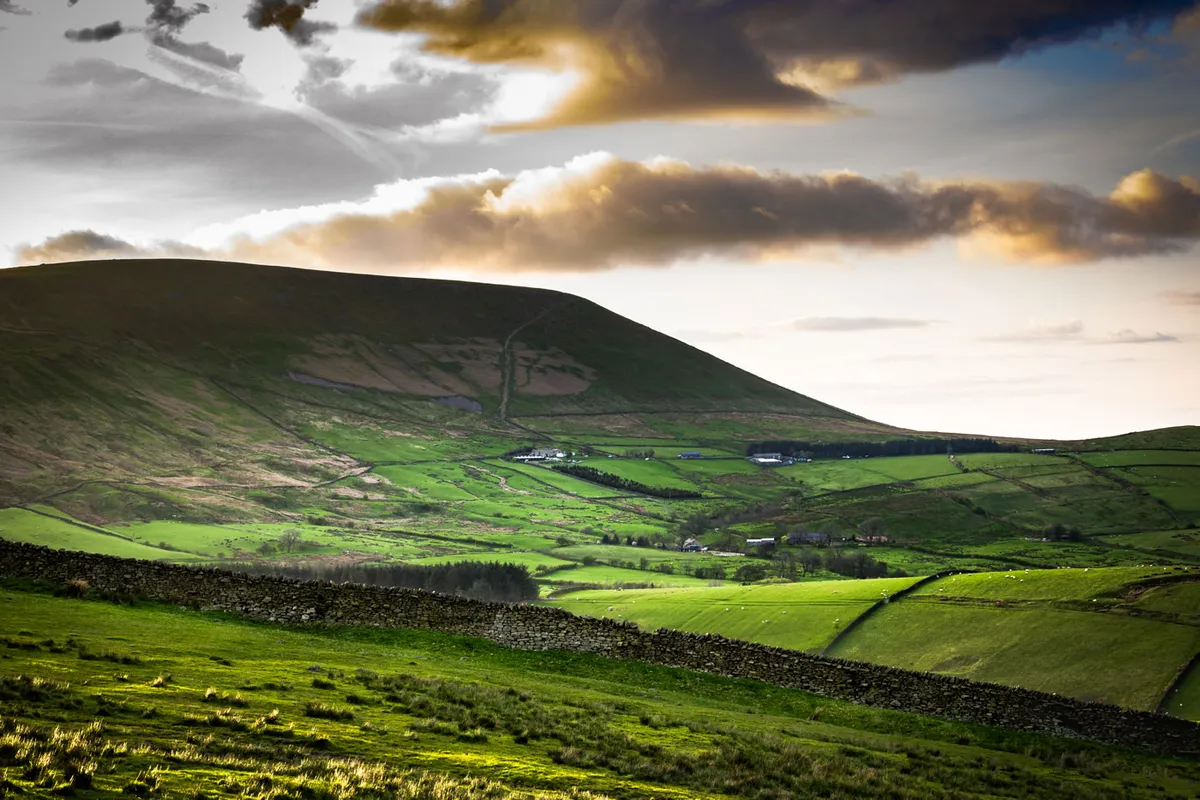
Detached from the Bowland Fells to the northwest, the Pennines to the east and the West Pennine Moors to the south, Pendle Hill is often cited as the real Lonely Mountain. Tolkien often visited his eldest son in the nearby Ribble Valley, where the presence of the hill was a dominant figure. With a Bronze Age burial site at its summit, it seems like an apt setting for the “Battle of the Five Armies” in The Hobbit.
Moel Siabod, Snowdonia
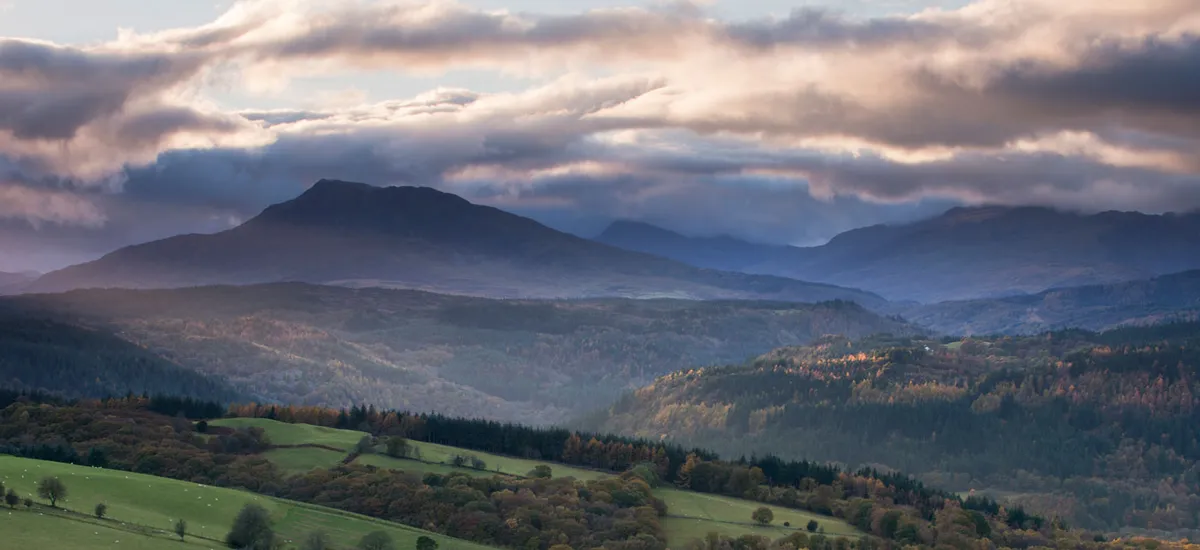
Itself nicknamed “The Lonely Mountain”, Siabod is a solitary place. At 2860 feet/ 872 metres it is only the 22nd highest peak in Wales yet has a sense of isolation all of its own. Perhaps that’s why it features in another fantasy series, The Duncton Chronicles by William Horwood. It is also famous for the spectacular views it provides, as on a clear day it is possible to see 13 of Wales’ 14 highest peaks from the summit.
Caiteshal, Isle of Lewis
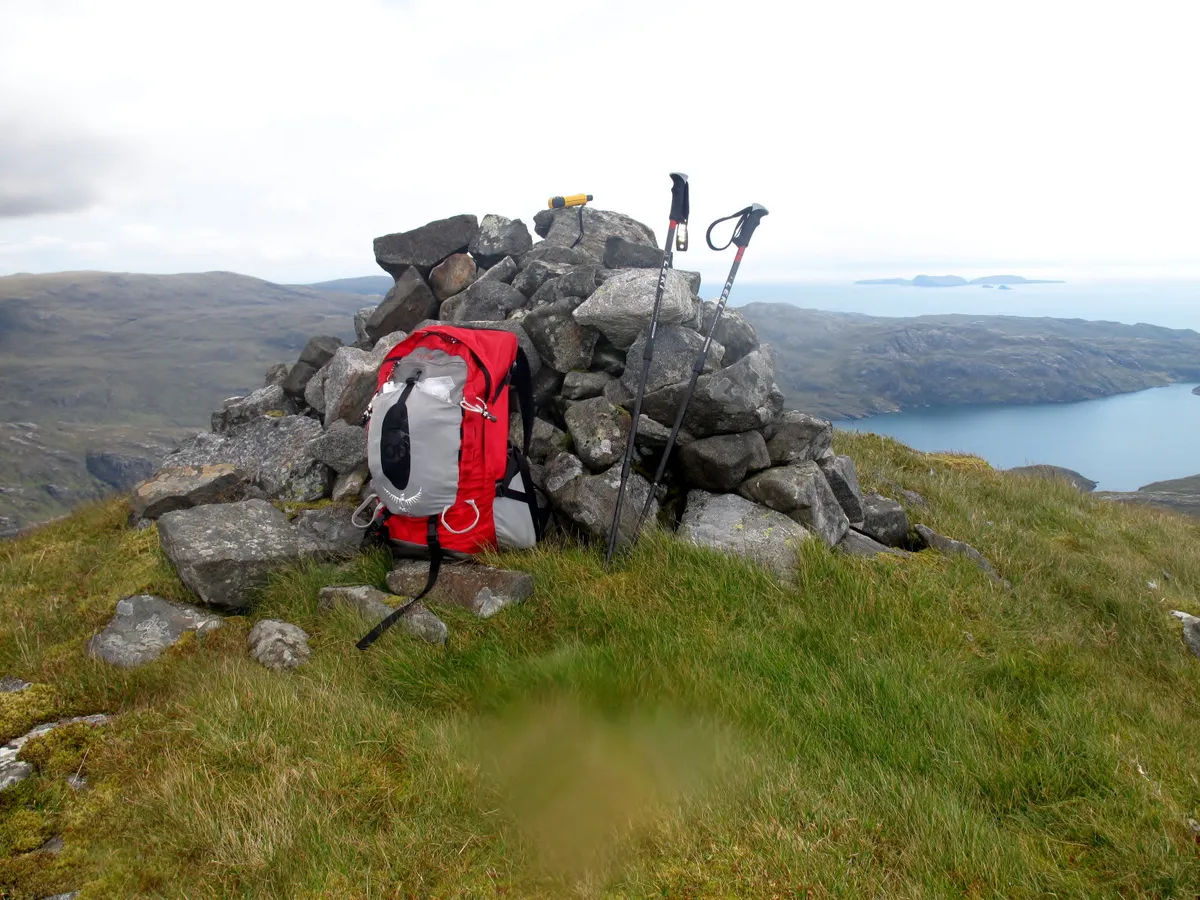
It’s often not the destination but the journey itself that makes a successful story. Considered by many to be the hardest hill to reach in Britain, Caiteshal provides something of both. Extending out across Loch Seaforth, this is wild and lonely terrain that is best reached by boat rather than land. Make sure you remember your notepad and pen as it’s a long way back.
Buachaille Etive Mòr: Scottish Highlands
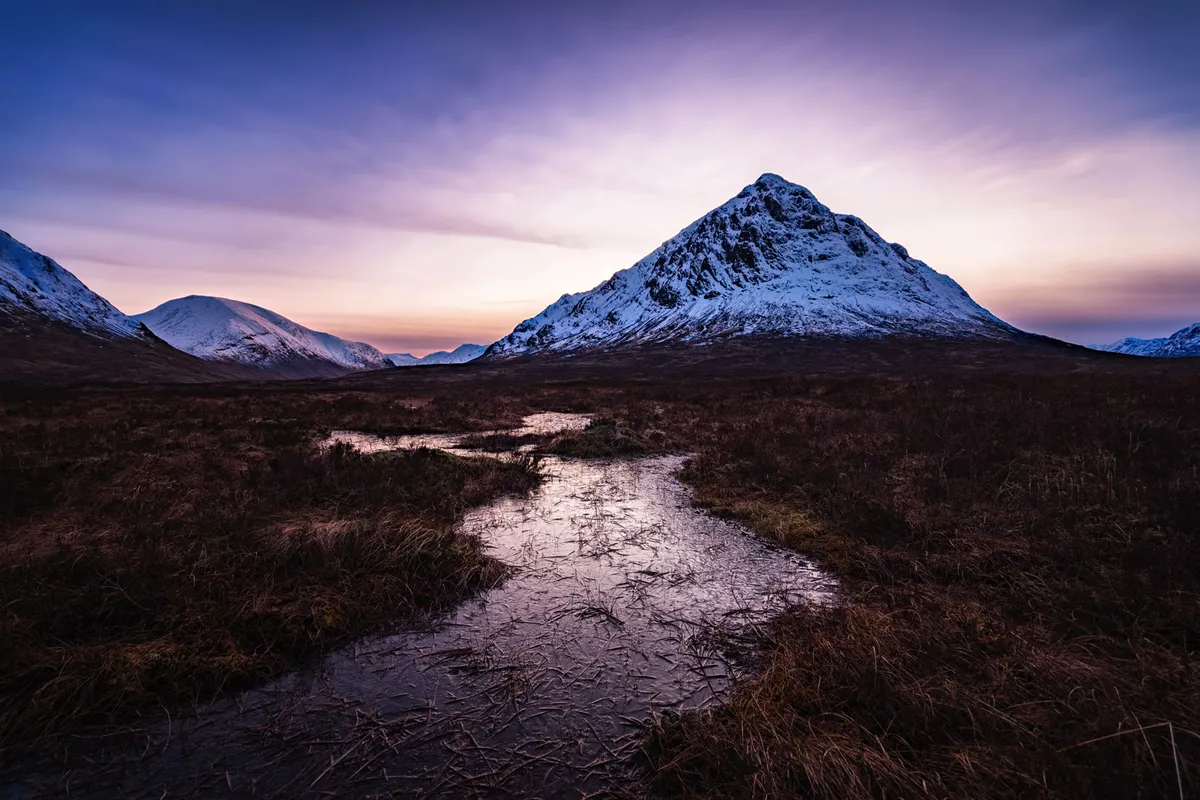
Spreading from the already spectacular landscape of Glen Coe, Buachaille is famous for the pyramid shape of its highest peak, Stob Dearg. Viewed from the ground, with the morning mist rising from the surrounding rivers, it takes on almost mythical proportions. Known as both “The Great Herdsman of Etive” and “The Guardian of the Glen”, it is easy to find inspiration here.
Walking routes: conquer a mountain
Walk: Slieve Bearnagh, County Down
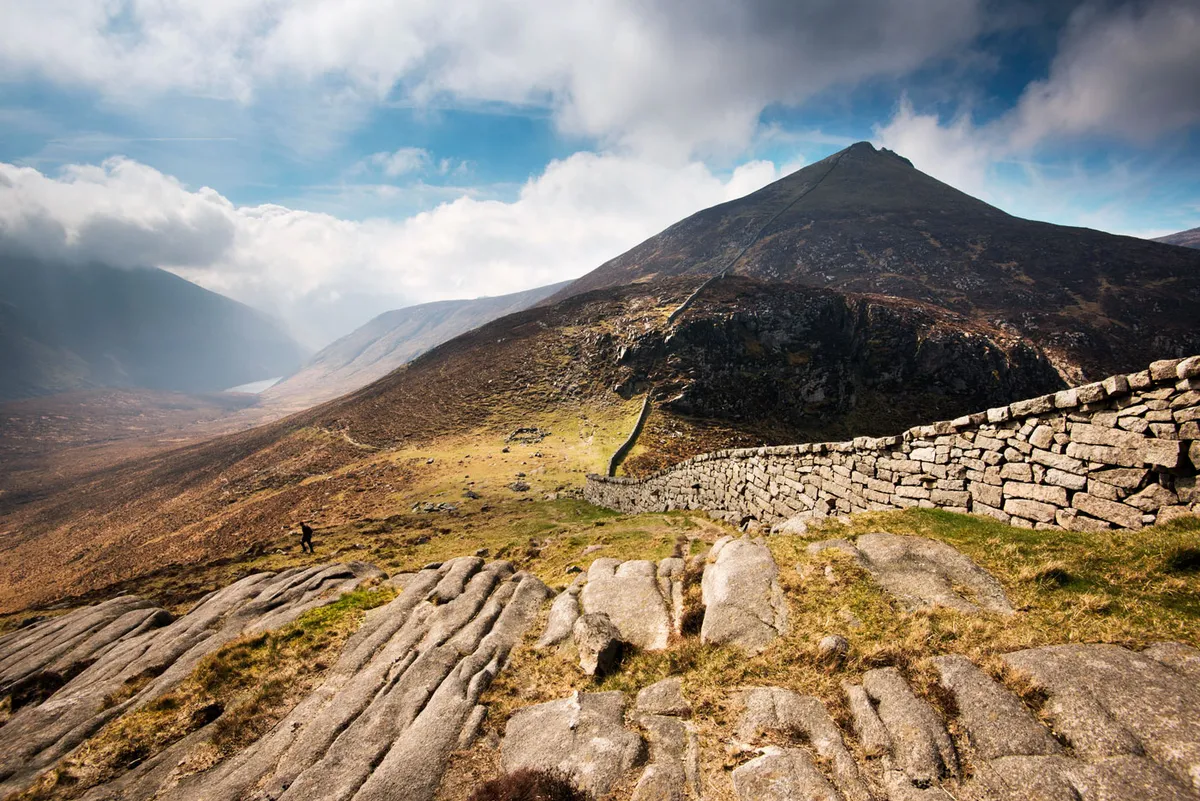
Take on this tough upland walk, following a 100-year-old wall over peaks and cols through Northern Ireland’s Mountains of Mourne
Walk: Cnicht, Snowdonia
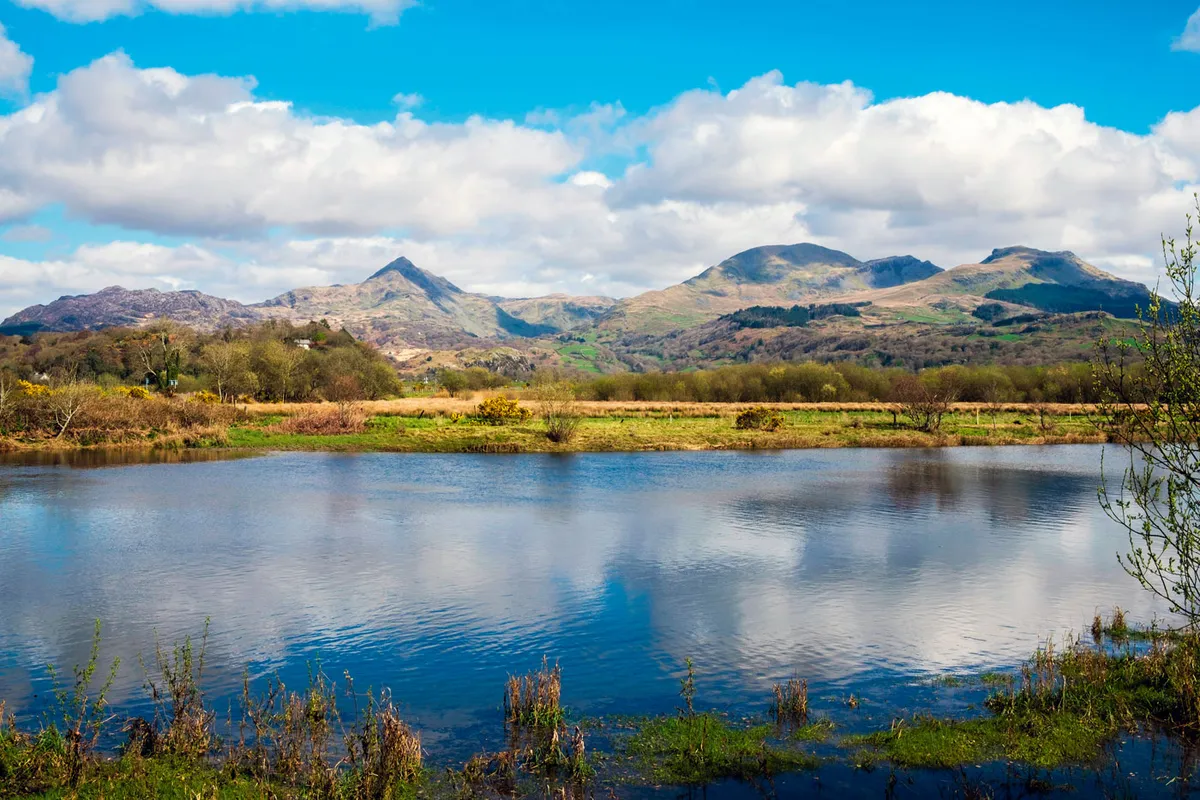
Venture into the Moelwynion mountain range in Wales, climbing through a prehistoric landscape to the pyramidal zenith of mighty Cnicht
Walk: Suilven, Sutherland
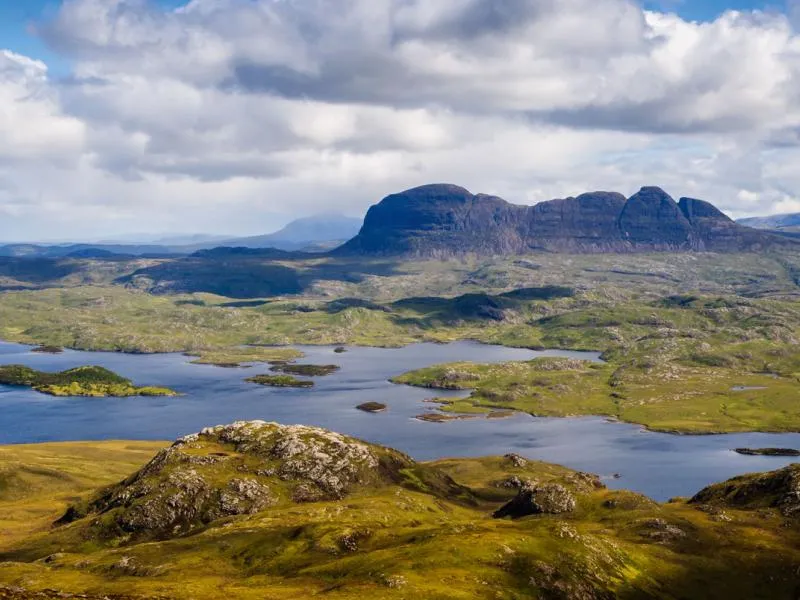
Steep, wild and remote, this Scottish giant is one of Britain's most striking peaks – reaching its summit is difficult, but with spectacular views stretching out across the Highlands, it's well worth the climb
